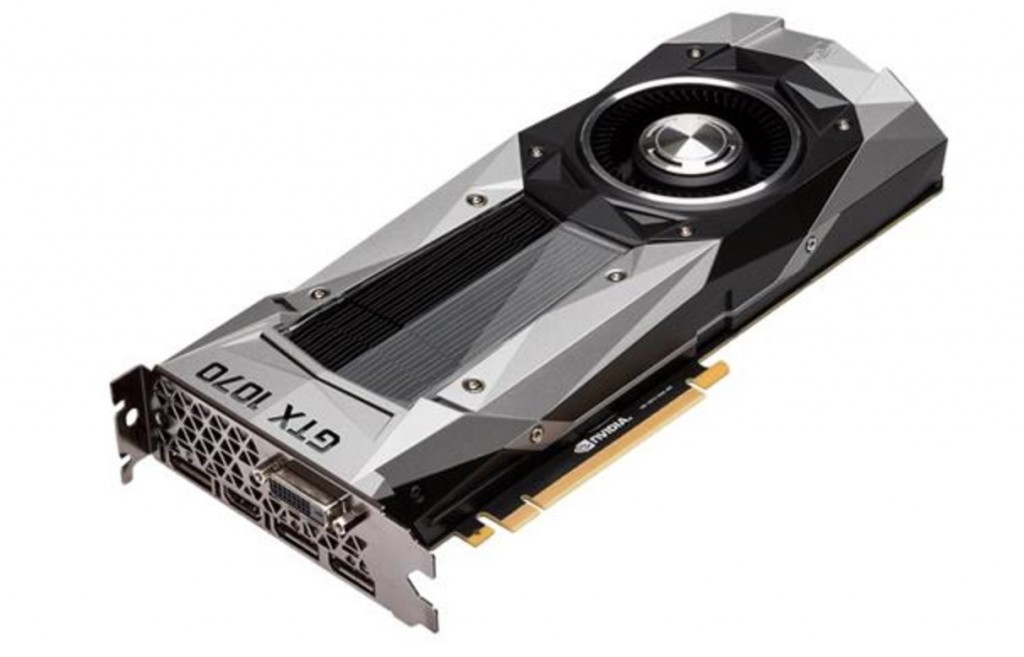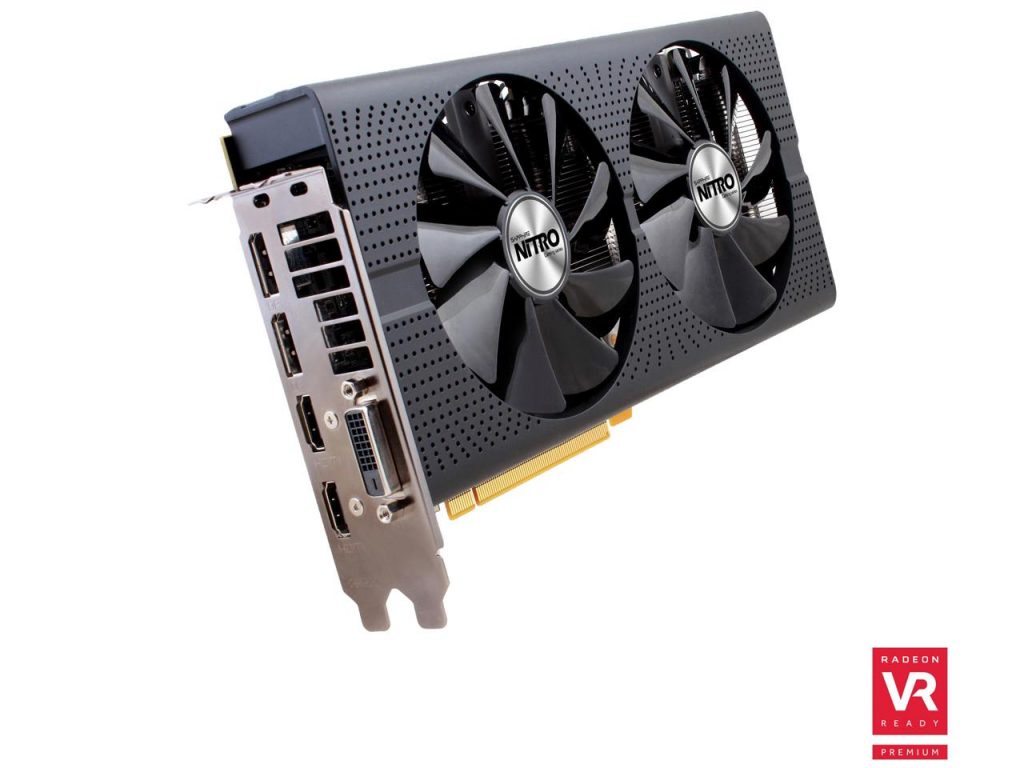What is PCI Express 3.0 and how does it work?
Looking to expand on the peripherals your computer can currently offer? The PCI slot has been designed exactly for that goal — expanding your peripherals. But what exactly is PCI Express 3.0, and how does it work?
PCI Express, or Peripheral Component Interconnect Express, is a high-speed bus standard, and it was developed to replace the older and slower standards. The most common use for the standard is as a slot in laptops, in which you can put PCI Express cards. Commonly, PCIe is used for graphics cards and other gaming peripherals.
Before we dive into how PCI Express works, let’s take a quick look at why PCI Express 3.0 is better than previous versions.
Advantages of PCIe 3.0
PCIe 3.0 is mainly aimed at being faster than PCIe 2.0. In other words, the differences between the two are more evolutionary than revolutionary. The slot, for example, is exactly the same, and is, in fact, backwards compatible — meaning you can plug PCIe 2.0 cards into a PCIe 3.0 slot.
As mentioned, PCIe 3.0 is faster than PCIe 2.0. How much so? Well, while the peak speed of a PCIe 2.0 card is 8 GB/s, the peak speed of a PCIe 3.0 card doubles that at 16GB/s.
Of course, it’s important to note that the 16GB/s speed is only achieved when a computer can handle it — otherwise, while the card will work fine, it won’t be as fast as it otherwise could be. You can also plug a PCIe 3.0 card into a PCIe 2.0 slot — however again the card won’t work up to its full speed.
So how could all that affect you? Simple — if you’re a gamer, PCIe being able to handle more data at a quicker speed means that more intense graphic cards can be developed the require a higher data transfer speed to work properly. If you’re a recording engineer, you can record more audio at once, as that digital audio can be processed quicker than it ever could before. And so on.
How does PCIe 3.0 work?
 It’s all well and good to know how well something performs, but learning how it works will help really under stand PCIe 3.0.
It’s all well and good to know how well something performs, but learning how it works will help really under stand PCIe 3.0.
Turns out, PCIe actually works more like a network than a bus. That’s because instead of there being one flow of data in any given direction, PCIe uses switches that control a series of point-to-point connections. Those connections then lead out to where the data needs to go.
When you first turn your computer on, the PCIe will determine which devices are plugged in, and then create a map of where the traffic will go. Each lane in PCIe uses two pairs of wires — one to send data and the other to receive it — and that data moves at one bit per cycle. Different PCIe cards can handle data at different speeds. For example, a x2 link will contain eight wires rather than two and handle two bits at a time, and a x32 link will have 128 wires and can handle 32 bits at a time.
It’s all about the layers
PCIe uses three layers — the transaction layer, the data link layer, and the physical layer. The transaction layer is where the data transfer happens. In other words, when the PCIe is used as an output, the computer’s CPU generates a memory write packet, which is then sent directly to the PCIe port, or through a series of switches, depending on the computer’s setup. If the PCIe is used as an input, the memory write packet flows in to the CPU.
Then there’s the data link layer. This layer is responsible for ensuring that all the data arrives in the form of a transaction layer packet, or TLP, to its destination safe and sound. First, a TLP is wrapped with a header, after which a flow control mechanism is implemented to ensure that data is sent only when the receiving end is ready to receive it.
When the CPU wants to read from a peripheral, two data packets are involved — one that asks the peripheral to perform a read operation, and another to send the data back to the CPU. When the peripheral receives the read request TLP, it respond with a completion TLP, even if it can’t actually fulfill the request.
The final layer is the physical layer, which corresponds to the physical size and electrical specifications of a PCIe card.
Conclusions
As you can see, PCIe is fairly complex, hope hopefully this explanation will give you a slightly deeper understanding of PCIe 3.0, how it’s better than PCIe 2.0, and how it works.

















